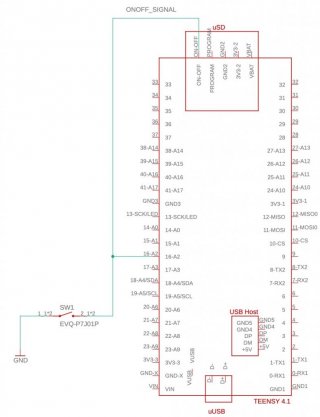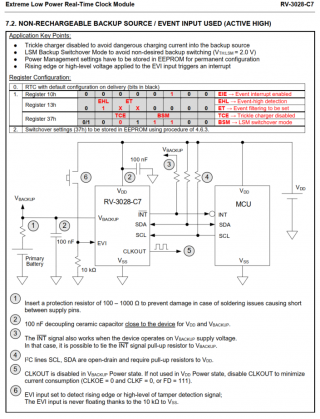Davidelvig
Well-known member
I can can make this work on a free-standing T4.1 by grounding the On/Off pin to any of the main GND pins on the board.
~4 seconds - turn off
then momentary - turn on.
ON my custom carrier board, the OFF step works, but no the ON.
I do have the On/Off pin in a circuit with:
- a momentary switch
- a GPIO pin (16/A2) (for software-available shut-down)
I do have VUSB to VIN severed on this board
I note that an un-severed T41 does not have this problem.
What might be subverting my ON cycle?
Thanks!
~4 seconds - turn off
then momentary - turn on.
ON my custom carrier board, the OFF step works, but no the ON.
I do have the On/Off pin in a circuit with:
- a momentary switch
- a GPIO pin (16/A2) (for software-available shut-down)
I do have VUSB to VIN severed on this board
I note that an un-severed T41 does not have this problem.
What might be subverting my ON cycle?
Thanks!



